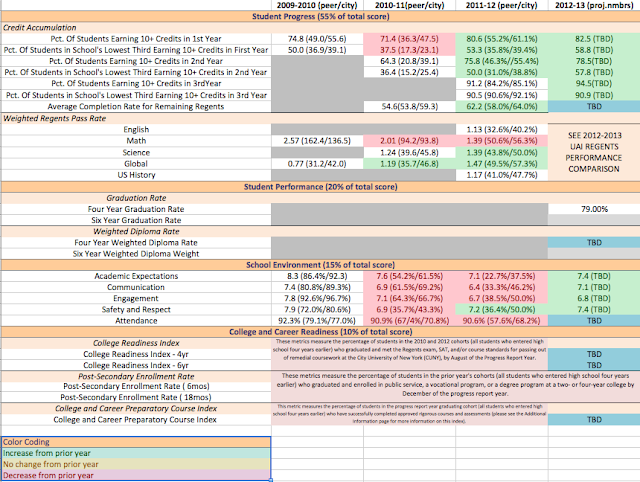The First Day of School
Today is the first day of school! It's an exciting day for our students and our school. For our girls, many of them are looking forward to reconnecting with old friends, making new relationships, and finding out what is in store for their learning this year.
Of course, the first day brings with it a hefty amount of anxiety and anticipation. In addition to orienting our girls to course goals for the year, our job is to smooth their transition from summer into school year by helping them understand the parameters of their place in school.
A new understanding of "teacher"
For our incoming and new students, Learning Cultures presents a new definition of learning, and in particular and new kind of teaching. For many students coming from traditional classrooms, they have gone through school being passive learners. The transition into an active agent in their development of new concepts and skills is a challenging one. As their teacher, your job is to provide them with tasks that engage their inquiry, classroom resources that afford them the opportunity to learn, practice and explore, and to gather data from their progress to teach grass roots lessons that target student needs and deficiencies.
As teachers, we are still charged with making sure our girls learn. We control the environment, the activities, and evaluate progress. For our students, we are continually pushing them into actively seeking out answers and creating their own questions and learning paths through the standards and objectives of our course topics. This week, take the opportunity to explicitly teach into these expectations. Explain how the role of teachers and students shifts in Learning Cultures. Show them how to empower themselves through their questions, through exploring the resources in your room, and exercising their ability to choose how to make new connections and meaning from the experiences in your class.
Social Responsibility and Social Norms
Learning is a social act. In order to have a functioning social environment, we need rules that govern our interactions. In traditional classroom settings, the teacher is the monarch, so government runs explicitly through one person. Learning Cultures is democratically structured and as such, requires a set of guidelines by which all members of the community agree to abide, a social contract.
This week, as you introduce students to the formats, rules, and ladder of consequences, viewing them through the lens of a democratic learning environment will help students situate the roles of the rules and formats in their understanding of how to learn at UAI.
This week will require explicit mini lessons into social norms, and additionally I'll be speaking to this during assemblies. With the girls this week, through both practice in the formats and through your mini-lessons, you'll be teaching into the expectations of each student as a member of the learning community.
Independent Work Time
Strong Social Norms, Rich Learning Environment, and Quality Tasks & Assessments are the three stabilizing factors that underscore a successful independent work time. We rely on a strong Independent Work Time so that we can provide guaranteed learning opportunities in Unison Reading and Learning Conferences for all of our students. These first two weeks are the foundations of our work this year. Continual return to the social norms and continual build up of the classroom resources, will empower students to effectively engage in your tasks and perform well on assessments.
Good Luck!
Bottom line, you are charged with an enormously weighty job - of molding the future lives of other people's children. For the next 10 months, we will be spending over 1/2 of their waking hours with their children - often more than their own families get. Our job is to make sure that that time is the best quality time spent both social-emotionally and academically. Our job is also to have fun doing this work! Good luck UAI and have a wonderful first day!







